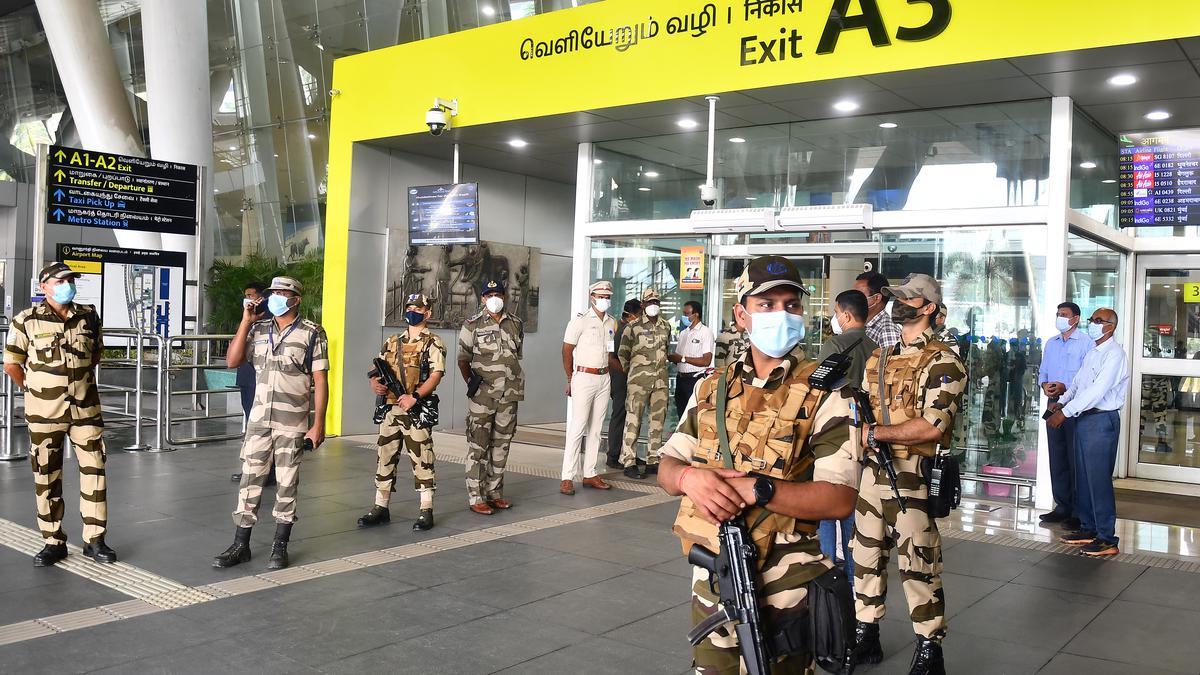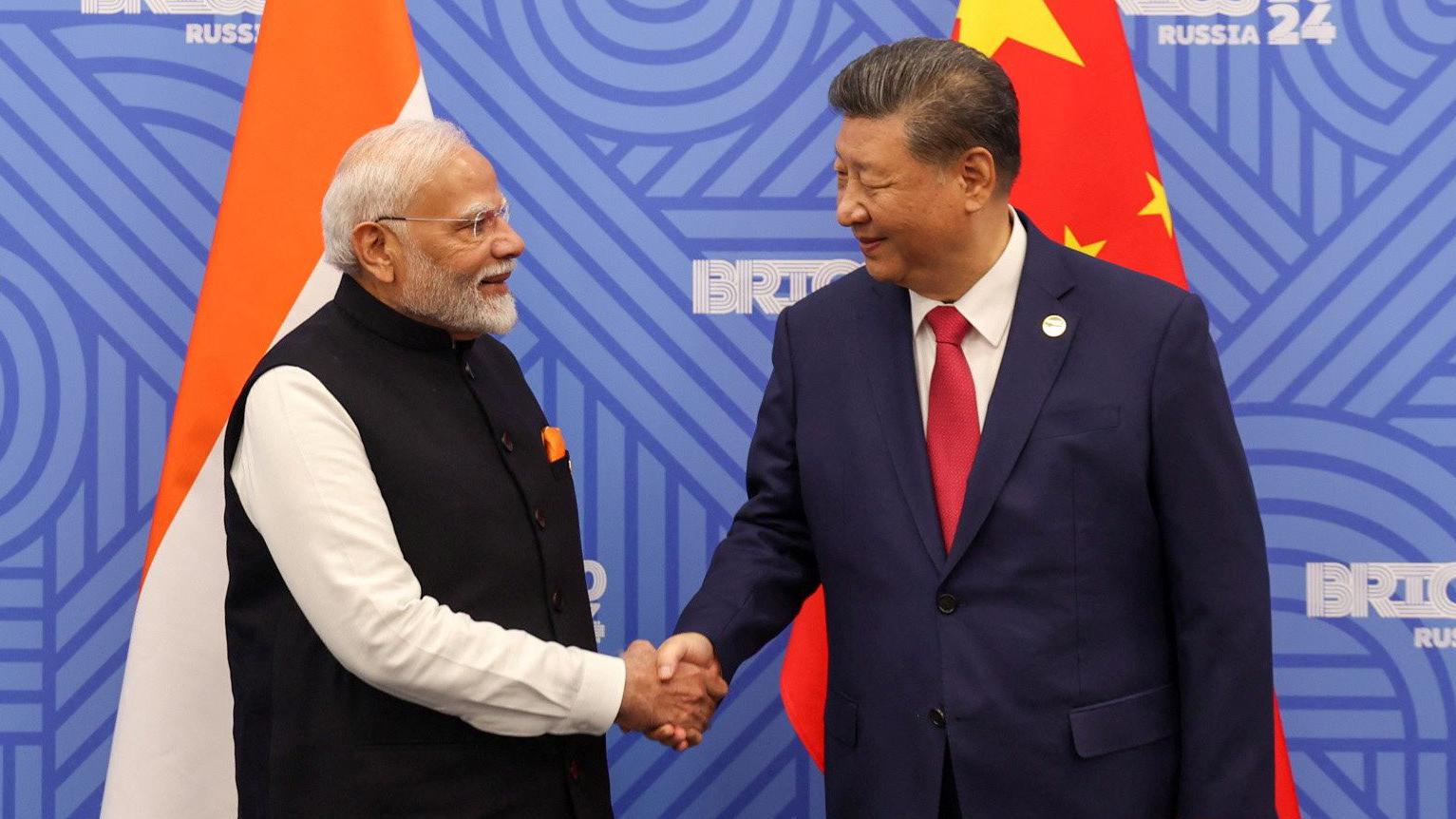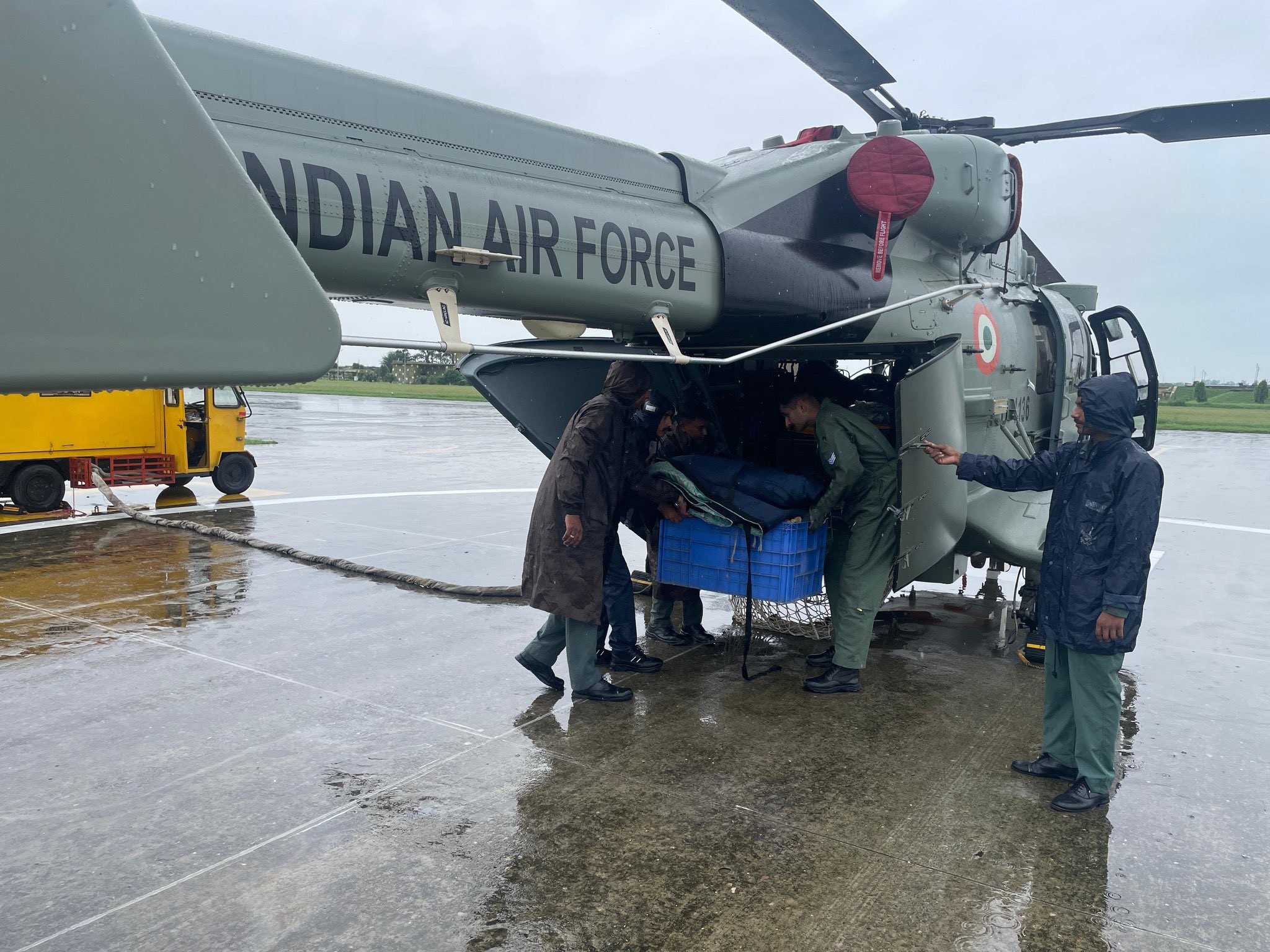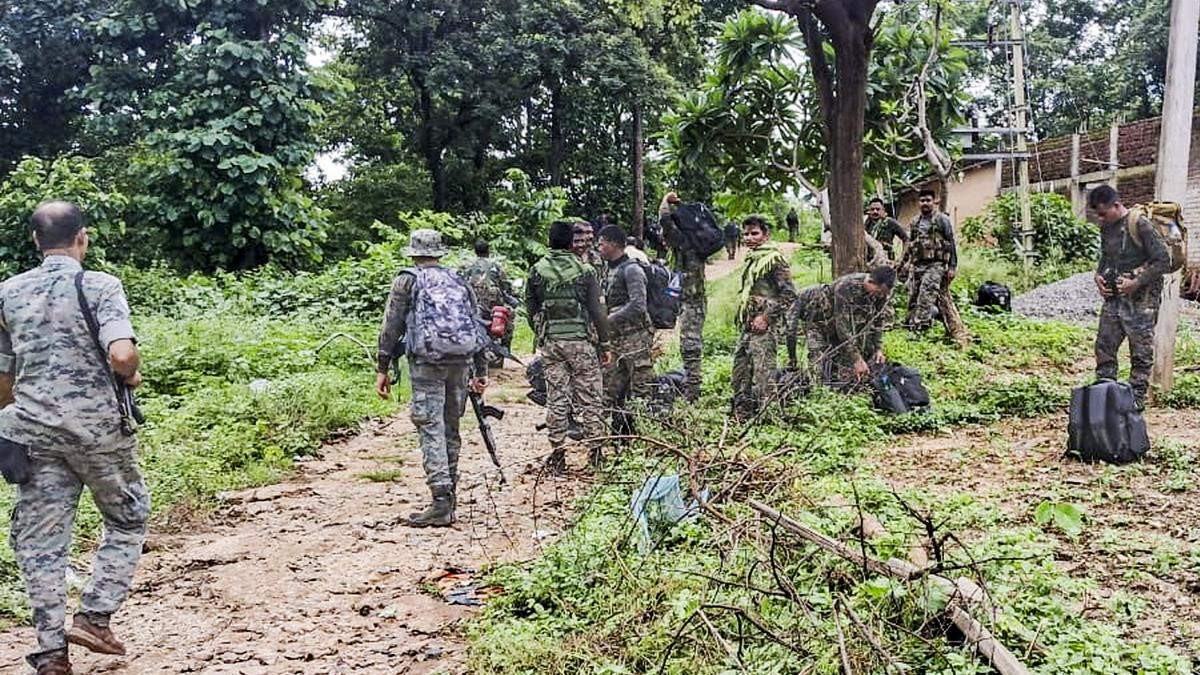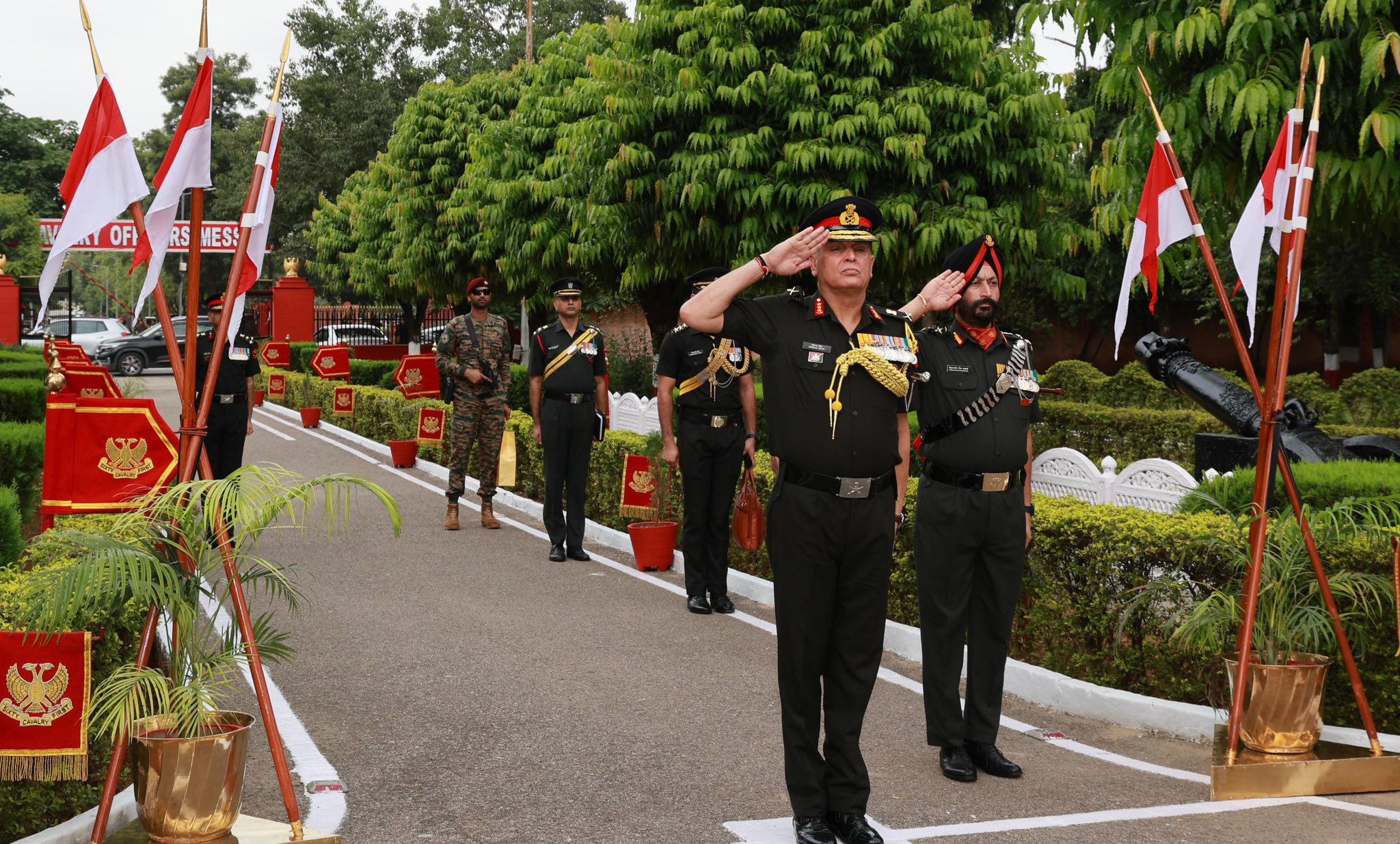Airports Across India on High Alert After Terror Threat Warning
All airports in India have been placed on high alert following an intelligence warning about a possible terror attack between…
PM Modi to Visit China for SCO Summit in First Trip Since Galwan Clash
Prime Minister Narendra Modi will travel to Tianjin, China, from August 31 to September 1 to attend the Shanghai Cooperation…
Long-Range Precision Strikes in May Dealt Major Psychological Blow to Pakistan: CDS
Chief of Defence Staff (CDS) General Anil Chauhan has said that India’s long-range precision strikes during the May cross-border hostilities…
Indian Air Force Deploys Aircrafts for Swift Relief Operations in Flood-Hit Uttarakhand
The Indian Air Force (IAF) has launched a rapid relief operation in flood-affected areas of Uttarakhand following flash floods that…
Top Naxal Commander Martin Kerketta Killed in Jharkhand Encounter
In a significant success for Jharkhand’s anti-Naxal operations, security forces gunned down Martin Kerketta, the self-styled leader of the banned…
Lt Gen Dhiraj Seth Assumes Role as 25th Colonel of 61st Cavalry Regiment in Jaipur
Lieutenant General Dhiraj Seth, PVSM, AVSM, General Officer Commanding-in-Chief of the Southern Command, visited the 61st Cavalry Regiment in Jaipur…

